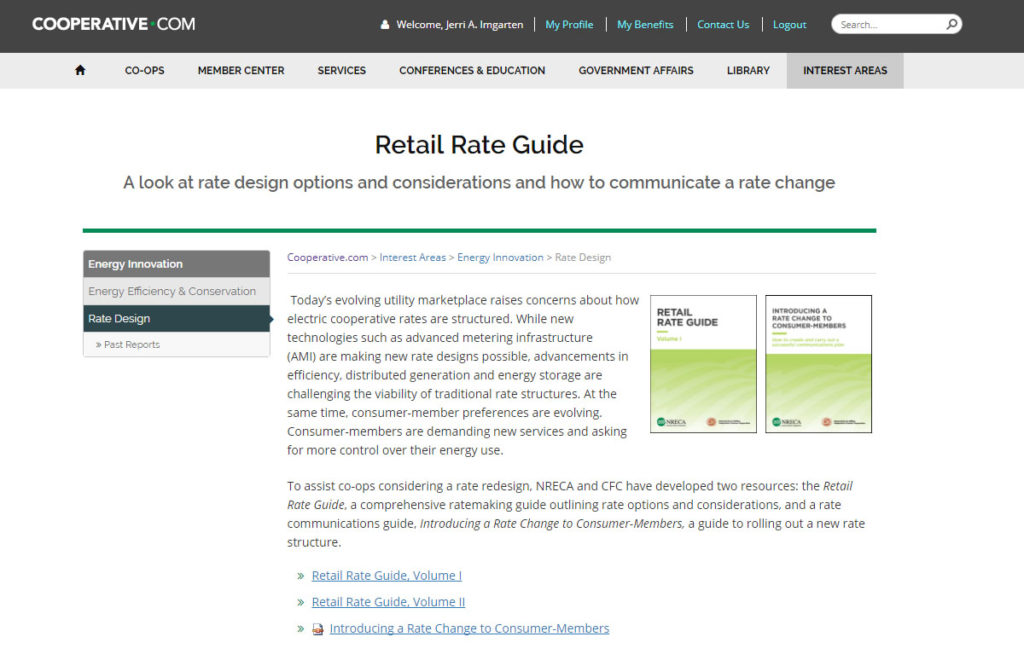By Michael Lynch
Rolling out a successful rate change will never be easy; and communicating about rates is growing more challenging as modern rate structures gain in complexity and evolve to meet new needs.
As a communicator, you may be called on to educate your members about your rate structure and how it relates to your co-op’s financial well-being. Things get more interesting—and more difficult—when your co-op is considering (or is about to implement) a rate change. Then you, as a communicator, become a crucial player in the successful rollout of the new rates.
Until recently, a rate change almost always meant a rate increase. In this scenario, a communicator’s primary goal has been to educate and inform members about the increase before it happens, in order to reduce the number of members who are surprised and upset when their bills go up. Today, however, rate changes are often about more than increased rates.
Many co-ops are considering rate designs that will allow them to recover more of their costs through a higher fixed charge, or sometimes referred to as a base charge, rather than kilowatt sales. Many are also looking at how they might send a price signal to members to promote reducing electric use during expensive peak times.
New technologies, such as advanced metering infrastructure and behind-the-meter communications devices, are making these new rate designs possible, while advancements in efficiency, distributed generation and energy storage are challenging the viability of traditional rate structures. On top of that, consumer-members are increasingly demanding new services and asking for more control over their energy use. All of this can impact how a co-op designs its rates.
Today you may need to explain a new rate structure that incorporates elements such as demand charges, time-of-use pricing, increased fixed charges and multipart rates. As with a simple rate increase, your job is to inform members about any upcoming changes, but that job becomes significantly more challenging when you add in the need to educate members about complicated subject matter.
To assist co-ops considering a rate redesign, NRECA and CFC have jointly developed two resources, both of which have value for communicators:
- Retail Rate Guide
This comprehensive ratemaking guide outlines a suite of rate options and considerations to tailor rates to fit system needs and member preferences. While this guide is targeted at those making rate design decisions, as a communicator, this guide can help you understand various rate design options and their implications.
- Introducing a Rate Change to Consumer-Members
This supplement to the Retail Rate Guide looks at how to create and carry out a successful rate change communications plan. Use this guide—built on real-world case studies—to help you craft a communication plan that makes sense for your co-op.
If you have questions about the rate change communications guide or feel it is missing important information or advice, NRECA’s Tracy Warren (tracy.warren@nreca.coop) or Anne Prince (anne.prince@nreca.coop) would love to hear from you.

